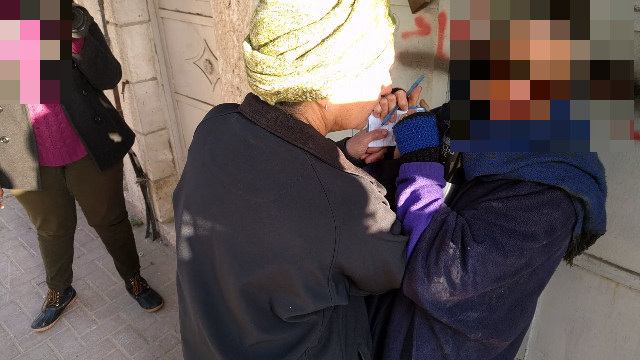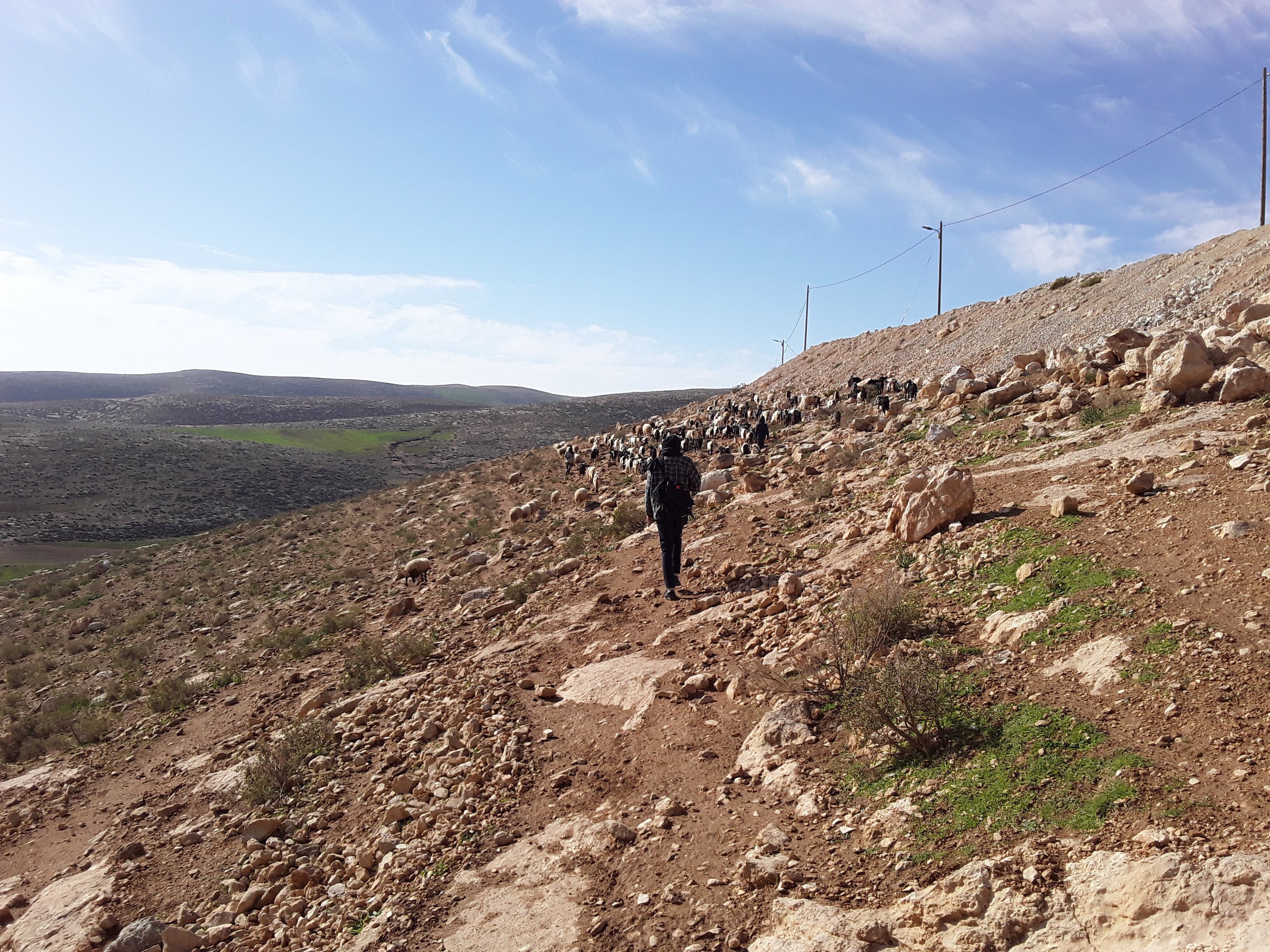Tag: Settlers
-
Anat Cohen steals international observer’s notebook
February 17, 2019 | International Solidarity Movement, Al-Khalil team | Al-Khalil, occupied Palestine Anat Cohen (ענת כהן), daughter of the convicted Israeli terrorist Moshe Zar, attacked another international who was observing schoolchildren on their commute to the Qurtuba school this morning. The International was an elderly woman who was keeping tally in a notebook of…
-
Resistance in the South Hebron Hills
In early January, ISM activists visited the villages of Um al-Khair and At-Tuwani in the South Hebron hills in order to participate in renovation work on ancient caves and to bear witness to recent settler violence in both villages. The villages are located in Area C of the occupied West Bank, occupied Palestine, an area…



